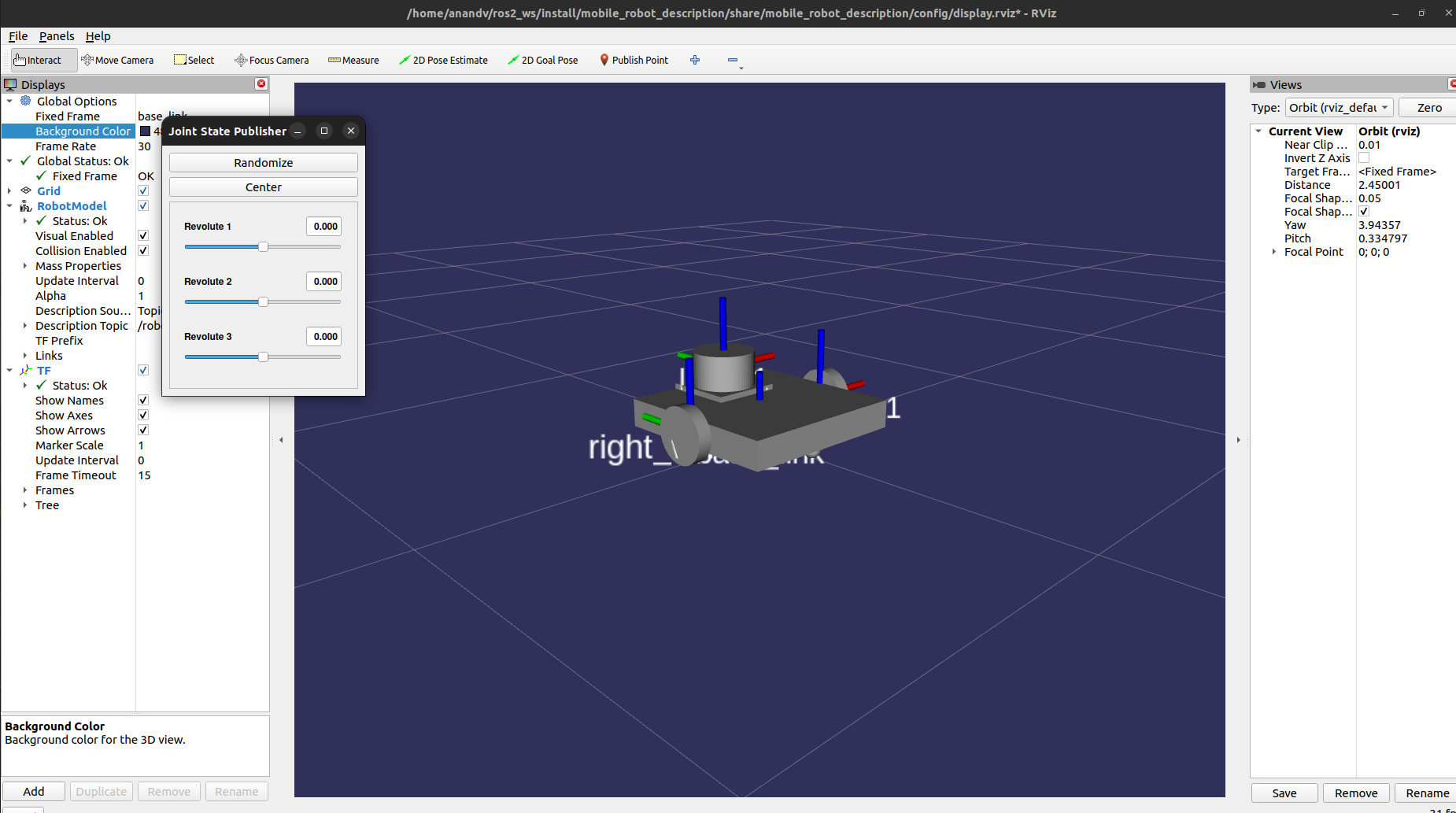Voice Command Guided Mobile Robot
Introduction
Ever heard of the need to operate in an uninhabitable zone wearing heavy and fully secured suits?
Yeah—those radioactive chambers or environments which must be checked to extract material or assess radiation levels. Or just imagine a space where it’s not feasible for organic matter to enter and exit without severe consequences.
These protocols not only make the process financially intensive but also delay the primary objectives of sampling, inspection, or on-site testing. Traditionally, robotics solutions here include radio-controlled (joystick-based) mobile robots—assuming it’s a relatively flat terrain. But such solutions demand constant human control and precision, which is not always feasible when tasks are repetitive or follow a modular structure.
This project was aimed at addressing such scenarios through a more autonomous, voice-guided solution. A Voice Command Guided Mobile Robot provides the advantage of modular task execution, with greater precision in step-based movement and direction, minimizing the need for constant human oversight.
Objective
To design and develop a mobile robot that:
- Accepts voice commands wirelessly from a human operator.
- Interprets and executes those commands to navigate and perform basic actions.
- Uses reliable, low-latency wireless communication.
- Prioritizes movement accuracy over real-time joystick control.
- Can be applied in hazardous or isolated environments where human presence is risky or impossible.
System Overview
Architecture
The robot comprises the following key modules:
- Speech Recognition Module (Transmitter Unit): A dedicated speech recognition module processes spoken commands locally (e.g., “forward”, “left”) and passes recognized strings to the ESP32 transmitter.
- ESP32 Transmitter Unit: Interprets voice commands and sends them to the robot wirelessly using the ESP-NOW protocol.
- ESP32 Receiver Unit (On-Vehicle): Mounted on the robot, it receives commands and translates them into motor control instructions.
- Motor Driver & Locomotion Unit: Powers the wheels based on received commands using differential drive logic.
- Chassis & Power Supply: Structural frame with onboard batteries for untethered movement.
Why ESP-NOW?
Unlike traditional Bluetooth or Wi-Fi connections that introduce pairing or network dependencies, ESP-NOW offers:
- Ultra-low latency (sub-millisecond communication).
- Direct peer-to-peer communication (no router or pairing needed).
- Robustness in high-interference or mission-critical environments.
This makes it ideal for real-time robotic control without delays or reconnection issues.
Command Execution Pipeline
Voice Recognition
A dedicated voice command module (e.g., Elechouse Voice Recognition V3) is trained with a small vocabulary of predefined commands. When a command is spoken, it is processed locally, avoiding the need for cloud or phone-based recognition.Command Transmission via ESP-NOW
The ESP32 transmitter reads the recognized command and sends a structured data packet to the ESP32 receiver using ESP-NOW.- Receiver Logic and Motor Control
The on-robot ESP32 parses the received message and maps it to a motor control action. For example:"forward"→ Run both motors forward for a set time or distance."left"→ Rotate by driving one motor."stop"→ Cut all motor signals.
- Motor Execution
A motor driver (L298N or equivalent) executes the commands using GPIO control, allowing accurate and consistent movement.
Key Features
- Completely Hands-Free Operation
No phone or controller needed. All instructions are spoken and processed onboard. - Fast and Stable Wireless Link
Thanks to ESP-NOW, the system is immune to Bluetooth pairing issues and Wi-Fi lag. - Modular Command System
Every command is treated as a discrete task, perfect for modular or scripted task sequences. - Low Power and Lightweight Setup
Uses only two ESP32 boards and a voice module—ideal for mobile or embedded robotic platforms.
Limitations and Future Scope
Limitations
- Commands are limited to a small vocabulary for reliability.
- Movement accuracy relies on timing, not sensor feedback (unless encoders are added).
- Lack of autonomous decision-making—only acts based on voice.
Future Enhancements
- Integration of wheel encoders or IMU for closed-loop feedback and precise distance tracking.
- Expansion to multi-node ESP-NOW mesh for coordinating multiple robots.
- Adding obstacle detection with ultrasonic or IR sensors.
- Using onboard NLP models for more natural command understanding.
- Implementation of a task queue system to accept compound instructions (e.g., “Go forward 3 meters, then turn right”).
Conclusion
This Voice Command Guided Mobile Robot offers a robust and intelligent approach to navigating modular tasks in hazardous or inaccessible zones. By leveraging a hardware voice recognition module and the ESP-NOW protocol, it removes dependencies on external devices or networks, ensuring reliability and efficiency in critical operations.
The project showcases how simple yet strategic integration of communication and control can open doors to more advanced field robotics—even with low-cost hardware.
The Github Repo can be found here: Voice-command-guided-mobile-robot
